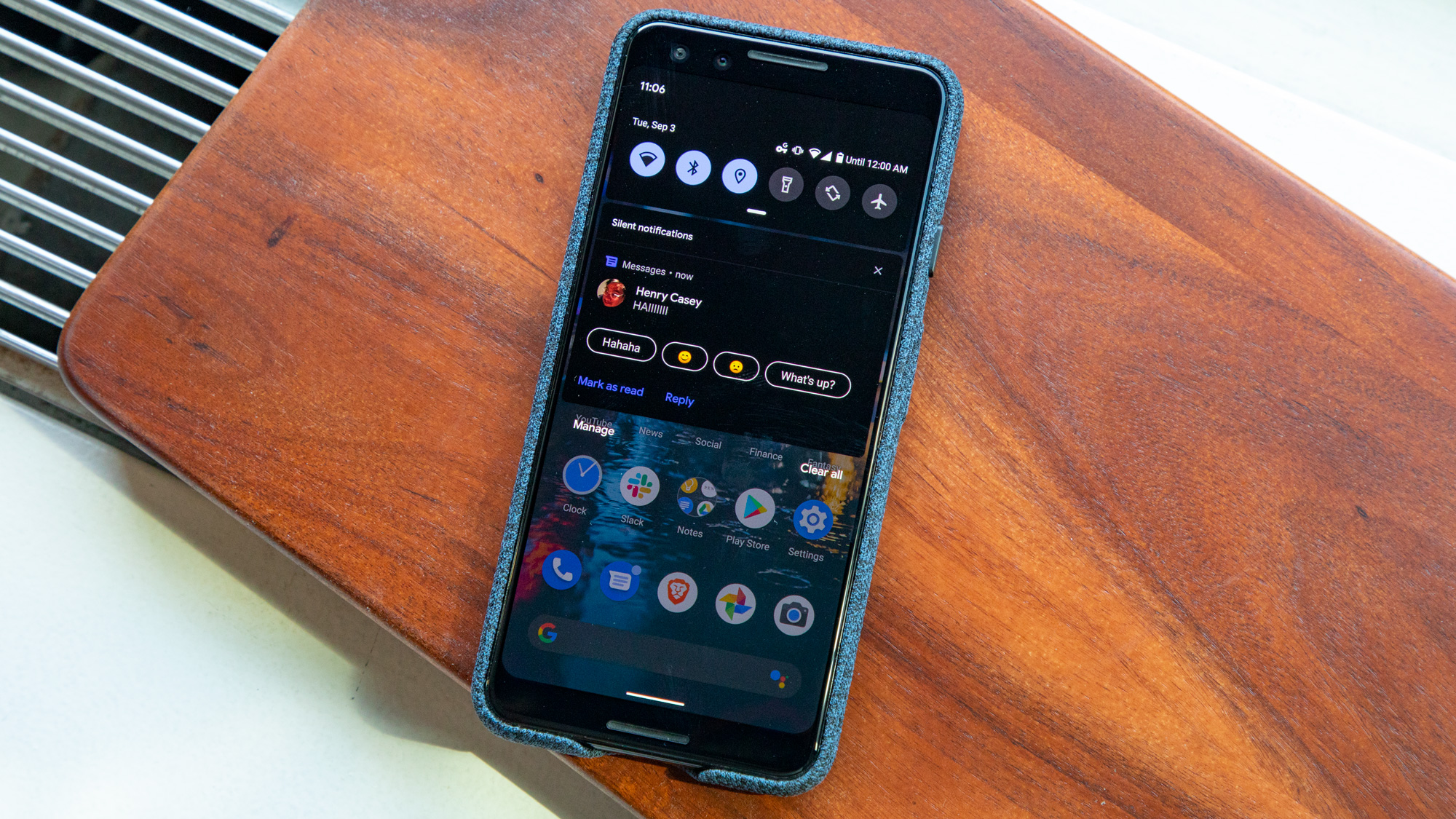RCS texting goes live for all Android users: What you need to know

It finally happened. After years of delays and false starts from phone carriers, Google just flipped the switch and turned on RCS messaging for all Android users.
Beginning today (Nov. 14), RCS is rolling out to all Android devices running Google's Android Messages app. Android Messages is the default texting client on Pixel phones and Android One devices, though owners of some handsets, like Samsung's Galaxy S10 or Galaxy Note 10, will have to download the app off the Play Store separately.
Why is RCS so important? In a sense, Google's just given Android users the iMessage-like experience the platform always needed. RCS stands for Rich Communication Services, and it's a technology that essentially grants Android its own built-in sophisticated chat client, along the lines of Facebook Messenger, WhatsApp and so on.
With RCS, messages and images are sent instantaneously over your data connection, rather than legacy networks as they are with SMS and MMS. You also get typing indicators and read receipts (which you can turn off if you like, don't fret). RCS' lone omission is that it isn't end-to-end encrypted in the same way other modern messaging clients are, but that's a casualty of the fact RCS was originally developed to replace SMS, which was never encrypted in the first place.
RCS doubtlessly presents a massive convenience to Android users and their Android-toting friends, but it won't matter when texting an iPhone. Apple never got aboard the RCS train — likely because its users are perfectly happy with iMessage — so conversations between iOS and Android will still fall back to SMS. (And as an Android user, you'll still run the risk of being labeled a "green-bubble friend.")
That means the ball is now in Apple's court to eradicate SMS fully, but even so, this is a big win for Android owners. Just last month, we learned the Big Four American carriers had agreed to launch the Cross Carrier Messaging Initiative next year — essentially their own, exclusive version of RCS, that will require the use of a particular app, and seems to be positioned more as a tool for brands to pester individuals rather than as a modern replacement for SMS.
Until now, the call to enable RCS for individual devices fell on the carriers — and the prospect that the networks might ditch Google's open implementation of RCS appeared to spell bad news for the standard.
Get instant access to breaking news, the hottest reviews, great deals and helpful tips.
Then, enthusiasts discovered a way to enable RCS on the back end of Android Messages, totally independent from the networks. Some hoped this discovery was indicative an eventual widespread release, and that's what we got today.
To get started with RCS, all you need to do is download Android Messages on your phone. You may have to wait a bit to actually use it, as support is currently rolling out server side. But once your device is ready, you should see a prompt in the app to "enable chat features." When you do, you'll see the phrase "Chat message" appear in the compose field when connecting with others who also have RCS. Happy texting!
Adam Ismail is a staff writer at Jalopnik and previously worked on Tom's Guide covering smartphones, car tech and gaming. His love for all things mobile began with the original Motorola Droid; since then he’s owned a variety of Android and iOS-powered handsets, refusing to stay loyal to one platform. His work has also appeared on Digital Trends and GTPlanet. When he’s not fiddling with the latest devices, he’s at an indie pop show, recording a podcast or playing Sega Dreamcast.
